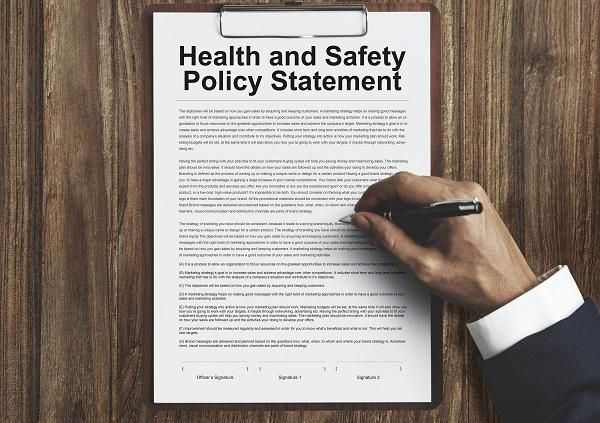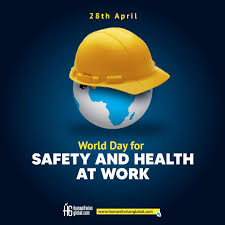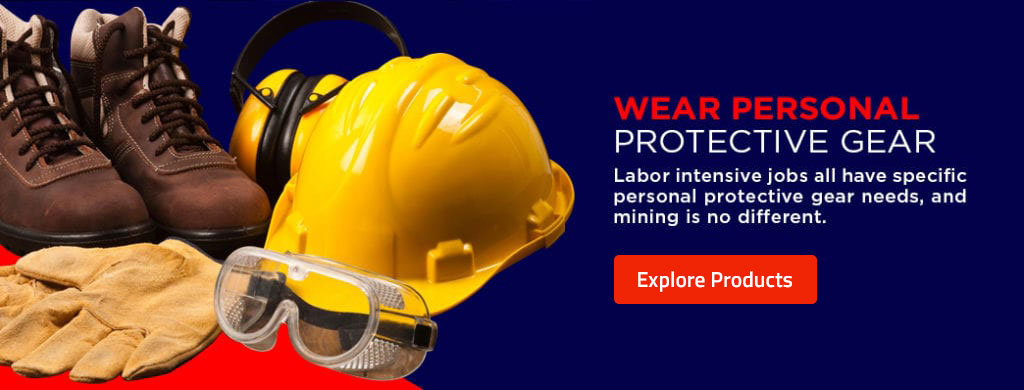Health and Safety Policy for Employees. Every organization, regardless of size or industry, has a fundamental responsibility to protect its employees from workplace hazards. A well-structured health and safety policy is not just a legal requirement in most jurisdictions; it is also key to creating a productive, efficient, and positive work environment. When employees feel safe, they are more engaged and motivated, reducing turnover, absenteeism, and workplace accidents.
This article aims to provide a comprehensive overview of what a health and safety policy should include, its importance, and how organizations can effectively implement and enforce such policies.
What Is a Health and Safety Policy?
A health and safety policy is a formal statement by an employer, outlining its commitment to safeguarding the well-being of employees and others who may be affected by its activities. It serves as a framework for preventing accidents, injuries, and occupational illnesses in the workplace. The policy provides guidelines for safe working practices and promotes a culture of safety within the organization.
The policy typically covers several key areas:
- Risk management and hazard identification
- Accident prevention and emergency procedures
- Employee training and responsibilities
- Health surveillance and medical checks
- PPE (Personal Protective Equipment) usage
- Legal compliance and regulations
Why Is a Health and Safety Policy Important?
A well-defined health and safety policy is critical for several reasons:
1. Legal Compliance
In many countries, workplace health and safety regulations are governed by local and national laws. Employers are required to have a health and safety policy that meets the minimum legal standards to avoid fines, lawsuits, or even shutdowns. For example, the Occupational Safety and Health Administration (OSHA) in the United States mandates that employers must provide a safe and hazard-free working environment.
2. Reducing Workplace Accidents
The main objective of a health and safety policy is to prevent accidents and injuries. By identifying and controlling hazards, employers can significantly reduce the risk of incidents that could harm employees. In industries like construction, manufacturing, or healthcare, where workers are exposed to higher levels of danger, a well-enforced policy can save lives.
3. Enhancing Productivity and Employee Morale
A safe workplace contributes to higher employee morale and satisfaction. When employees feel their safety is a priority, they are more likely to focus on their tasks without fear or anxiety. This sense of security translates into better productivity and lower absenteeism due to illness or injury.
4. Financial Benefits
Workplace accidents and injuries can lead to costly medical claims, legal battles, compensation payouts, and lost productivity. A strong health and safety policy reduces these financial burdens by preventing incidents before they happen. Additionally, organizations with fewer workplace accidents often benefit from lower insurance premiums.
5. Fostering a Positive Safety Culture
A health and safety policy helps cultivate a proactive safety culture within an organization. When safety is part of the daily routine and responsibilities, employees are more likely to adopt safer work practices and hold one another accountable, contributing to a safer overall work environment.
Key Elements of an Effective Health and Safety Policy
A robust health and safety policy must be tailored to the unique needs and risks of each workplace. Below are the essential components every policy should include:
1. Statement of Intent
This section outlines the employer’s commitment to health and safety, stating their aim to provide a safe workplace for all employees, contractors, visitors, and anyone affected by the company’s operations. It should clearly state the organization’s dedication to complying with all relevant health and safety laws and regulations.
Example Statement of Intent:
“Our organization is committed to ensuring the health, safety, and welfare of all employees and stakeholders. We aim to prevent accidents, injuries, and occupational illnesses by fostering a culture of safety and adhering to all applicable safety regulations and guidelines.”
2. Responsibilities and Accountability
This part defines the roles and responsibilities of all parties involved in maintaining a safe workplace. From top-level management to individual employees, everyone should understand their duties in ensuring safety is a priority.
- Employer Responsibilities: Ensure safety measures are in place, provide training, and review the policy regularly.
- Employee Responsibilities: Follow safety procedures, report hazards, and use PPE when required.
- Supervisors/Managers: Enforce safety protocols and provide leadership in safety practices.
3. Risk Assessment and Hazard Identification
A systematic process for identifying potential hazards and assessing risks in the workplace should be part of every health and safety policy. Employers need to regularly conduct risk assessments, identifying potential dangers such as:
- Machinery or equipment malfunctions
- Exposure to harmful chemicals or substances
- Physical hazards like slippery floors or poor ergonomics
- Fire and electrical risks
Once risks are identified, the policy should outline control measures, such as using PPE, implementing safety barriers, or introducing new safety procedures to mitigate these risks.
4. Safety Training and Education
Continuous education is key to preventing workplace accidents. An effective health and safety policy should mandate regular safety training for all employees. This training should cover:
- Safe use of equipment and machinery
- Emergency procedures and evacuations
- First aid and CPR training
- Fire safety and hazard control
- Handling hazardous materials
Regular training refreshers and updates are also necessary to ensure everyone stays informed about new safety procedures or equipment.
5. Emergency Preparedness and Response
Every workplace should have a clear plan for responding to emergencies such as fires, chemical spills, or natural disasters. The policy must include detailed evacuation procedures, emergency contacts, and locations of first aid kits and fire extinguishers.
A designated emergency response team, properly trained to handle various scenarios, can ensure that workplace emergencies are dealt with swiftly and effectively.
6. Health Surveillance and Medical Checks
In certain industries, ongoing health surveillance is necessary to monitor workers exposed to health risks such as noise, vibration, or hazardous substances. A policy should include regular health checks to ensure that employees are not suffering from long-term exposure-related illnesses or injuries.
7. Monitoring and Review
A health and safety policy should be a living document, regularly reviewed and updated as necessary. Continuous monitoring, audits, and employee feedback are essential in identifying areas for improvement and ensuring the policy evolves with new workplace risks and legal requirements.
Implementing a Health and Safety Policy
Having a health and safety policy is not enough; it needs to be effectively implemented and enforced throughout the organization. Here are some steps to ensure the policy is put into action:
- Communication and Awareness: Employees should be made aware of the policy through meetings, trainings, and easily accessible documentation.
- Leadership Involvement: Management must lead by example, actively supporting and participating in safety initiatives.
- Regular Inspections and Audits: Conduct periodic inspections to ensure compliance with safety procedures and that hazards are identified and addressed.
- Incident Reporting and Investigation: Encourage employees to report accidents, near-misses, or hazards without fear of repercussions. Investigate all incidents to understand their root cause and prevent recurrence.
- Employee Involvement: Involve employees in safety discussions and decisions. Safety committees, made up of representatives from different departments, can foster a collective responsibility for health and safety.
Conclusion
A comprehensive health and safety policy is essential for protecting employees and ensuring the long-term success of any organization. By outlining clear responsibilities, conducting regular risk assessments, and fostering a culture of safety, businesses can prevent accidents, reduce costs, and create a positive working environment where employees thrive.
As OHS professionals, it is our duty to ensure that these policies not only meet regulatory requirements but also reflect a true commitment to the well-being of every employee. A safer workplace is a more productive workplace, and that is something every organization should strive for.
McRey, OHS Magazine Editor











